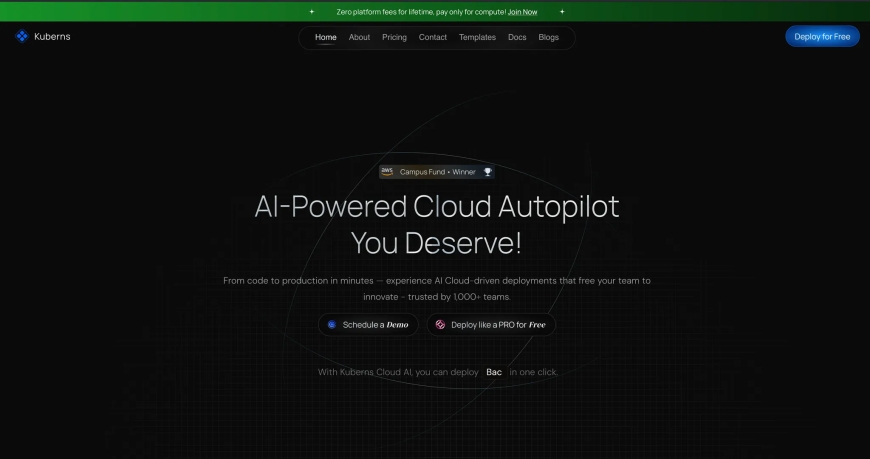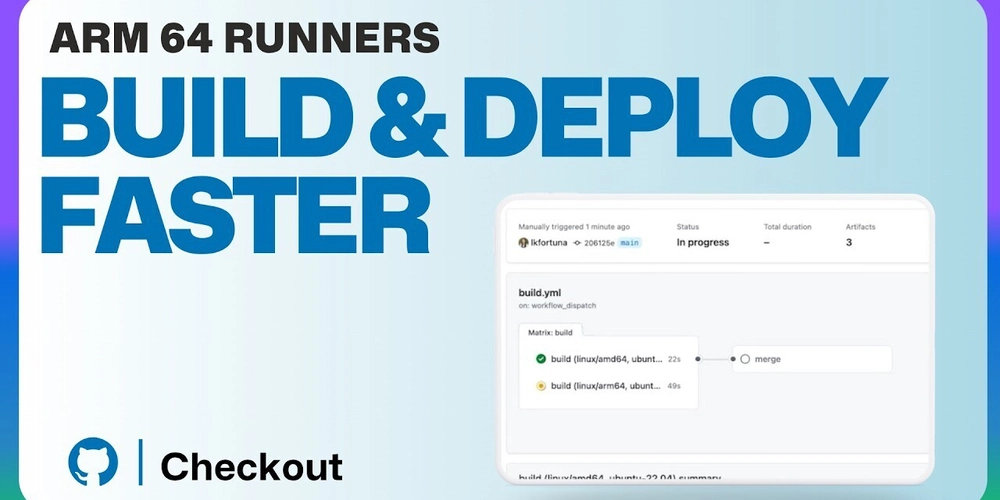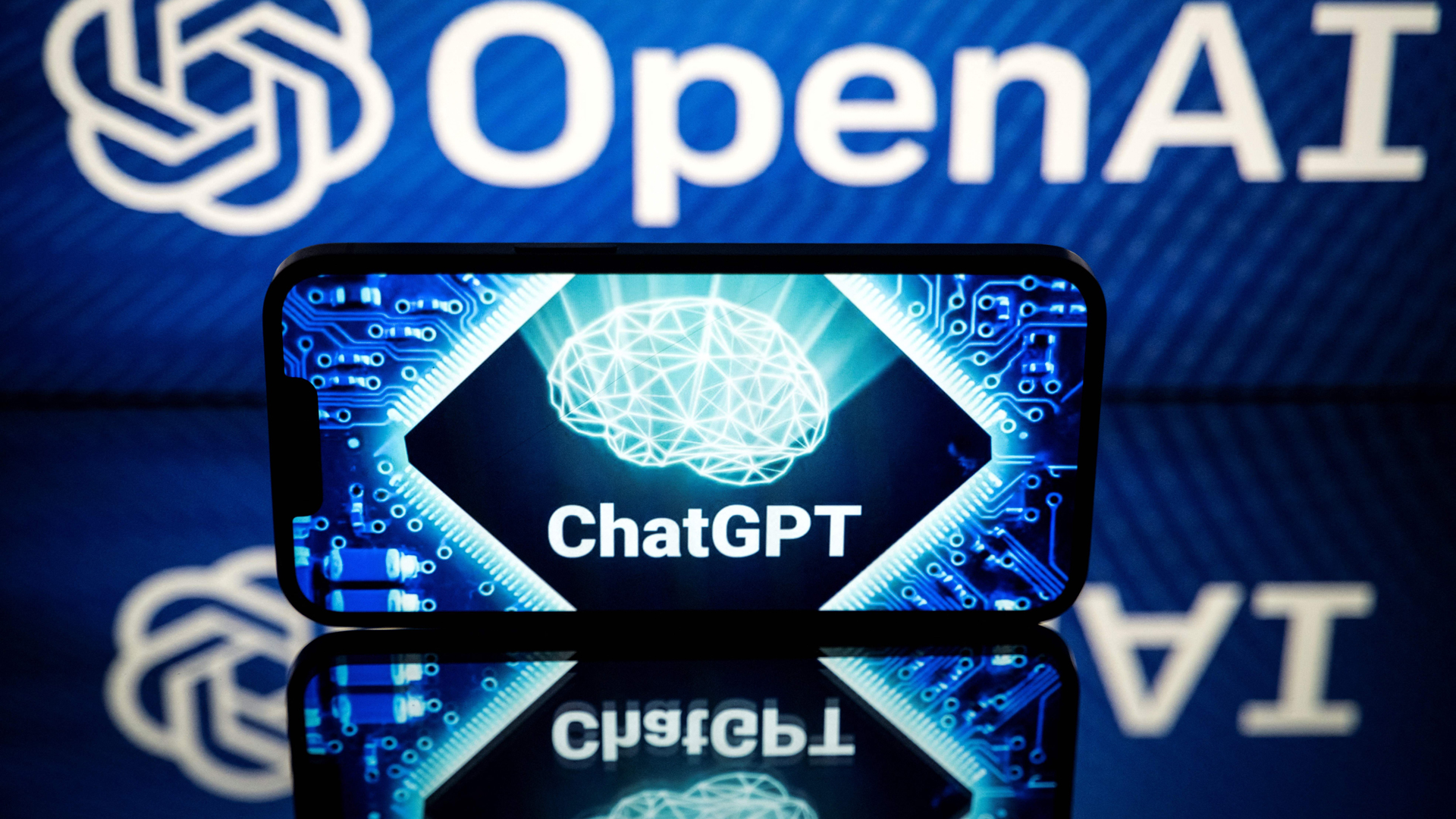Affordable deployment methods for MVP apps
Building a Minimum Viable Product (MVP) is a critical step for startups, freelancers, and enterprises testing new ideas. However, deploying an MVP can quickly become expensive and complex, especially when using traditional cloud platforms like AWS, which often come with hidden costs and steep learning curves.
This article explores affordable deployment methods for MVP apps, highlighting how Kuberns addresses common challenges with a cost-effective, AI-powered Platform as a Service (PaaS) solution.
The Challenges of MVP Deployment
Deploying an MVP involves balancing performance, scalability, and cost. Many teams face the following issues:
- High Infrastructure Costs: Cloud platforms often charge for over-provisioned resources, monitoring tools, and unused environments, inflating budgets.
- Complex Setup Processes: Manual configuration of servers, databases, and networking diverts time from coding and innovation.
- Scaling Limitations: Traditional platforms may require long-term commitments or complex pricing models, which are impractical for MVPs with unpredictable workloads.
- Error-Prone Manual Deployments: Human intervention in deployment workflows increases the risk of errors, leading to delays and costly fixes.
These challenges can drain resources and slow down the iterative process critical for MVP development.

Affordable deployment strategies
To deploy MVPs efficiently and economically, consider the following strategies, which Kuberns implements to simplify the process and reduce costs.
1. Leverage automated resource optimization
Manually provisioning resources often leads to over-allocation, where teams pay for compute power they don’t use. Kuberns addresses this by using AI to analyze application requirements and allocate resources based on actual usage. This ensures MVPs run efficiently without wasting budget on idle instances, while still supporting peak traffic when needed.
2. Use integrated tools for monitoring and logging
Separate monitoring and logging services, like AWS CloudWatch, add to costs and require additional setup. Kuberns provides built-in observability tools, including real-time server status, metrics, and logs, at no extra charge. This streamlines debugging and performance tracking, reducing both costs and complexity for MVP teams.
3. Simplify environment management
MVPs often require multiple environments for testing, staging, and production. Forgetting to shut down unused environments can lead to unexpected charges. Kuberns allows teams to spin up and tear down environments with a single click via its intuitive dashboard, ensuring no resources are left running unnecessarily.
4. Avoid platform fees and long-term commitments
Many platforms charge additional fees or require long-term contracts to access discounts, which can lock startups into rigid agreements. Kuberns eliminates platform fees, charging only for the compute resources used. By pooling resources across users while maintaining isolation, Kuberns secures enterprise-level pricing, passing savings of up to 60% directly to customers without requiring upfront payments or lock-ins.
5. Streamline deployment with GitHub integration
Manual deployment processes are time-consuming and error-prone. Kuberns integrates seamlessly with GitHub, allowing teams to connect repositories, select branches, and deploy code with minimal setup. This automation reduces the time spent on configuration, letting developers focus on refining their MVP.
6. Prioritize security without extra costs
Security is non-negotiable, even for MVPs. Kuberns includes end-to-end encrypted secret storage, role-based access controls, and isolated environments by default. This eliminates the need for costly third-party security tools or custom configurations, ensuring MVPs are secure without impacting budgets.
How Kuberns Enables Cost-Effective MVP Deployment
Kuberns is designed to address the pain points of MVP deployment by combining AI-driven automation with a transparent, cost-effective pricing model.

Here’s how it works in practice:
- Project Creation: Start by creating a project in Kuberns to organize your services. Name the project, select a backend or frontend service, and configure it to suit your MVP’s needs.
- GitHub Integration: Authenticate with GitHub to access your repositories, then select the organization, repository, and branch for deployment. This streamlined process minimizes setup time.
- Customizable Deployment: Choose a service name, hosting region an let AI handle the rest. Kuberns offers a starter plan ideal for MVPs, with options to scale as needed.
- Environment Variables: Easily add environment variables manually or upload a .env file to configure your app securely.
- Database Support: Optionally attach a database like PostgreSQL, with flexible settings to match your MVP’s requirements.
- Deployment and Management: Once deployed, manage your service through the Kuberns dashboard, which provides real-time insights and control over your app.
This approach reduces manual work, minimizes errors, and keeps costs low, allowing teams to deploy MVPs quickly and iterate based on user feedback.
Why cost-effective deployment matters for MVPs
For startups and small teams, every dollar counts. Affordable deployment methods enable faster iteration, letting developers test hypotheses, refine features, and scale without financial strain. By removing infrastructure burdens, Kuberns empowers teams to focus on coding and innovation, accelerating the path from MVP to production.
Conclusion
Deploying an MVP doesn’t have to be expensive or complex. By leveraging automation, integrated tools, and transparent pricing, Kuberns offers a solution that cuts costs by up to 60% compared to traditional cloud platforms, without sacrificing performance or security.
For startups, freelancers, and enterprises building MVPs, Kuberns provides a seamless, efficient, and affordable way to bring ideas to life.




















































-Abstract-Background-102024-SOURCE-Thuma.jpg)

















































































































![[The AI Show Episode 147]: OpenAI Abandons For-Profit Plan, AI College Cheating Epidemic, Apple Says AI Will Replace Search Engines & HubSpot’s AI-First Scorecard](https://www.marketingaiinstitute.com/hubfs/ep%20147%20cover.png)

























![How to Enable Remote Access on Windows 10 [Allow RDP]](https://bigdataanalyticsnews.com/wp-content/uploads/2025/05/remote-access-windows.jpg)































































































![[DEALS] The 2025 Ultimate GenAI Masterclass Bundle (87% off) & Other Deals Up To 98% Off – Offers End Soon!](https://www.javacodegeeks.com/wp-content/uploads/2012/12/jcg-logo.jpg)









































































![Legends Reborn tier list of best heroes for each class [May 2025]](https://media.pocketgamer.com/artwork/na-33360-1656320479/pg-magnum-quest-fi-1.jpeg?#)

































































_KristofferTripplaar_Alamy_.jpg?width=1280&auto=webp&quality=80&disable=upscale#)




















































































-xl.jpg)











![SoundCloud latest company to hit trouble with AI clause in T&Cs [U]](https://i0.wp.com/9to5mac.com/wp-content/uploads/sites/6/2025/05/SoundCloud-latest-company-to-hit-trouble-with-AI-clause-in-TCs.jpg?resize=1200%2C628&quality=82&strip=all&ssl=1)


















![Vision Pro May Soon Let You Scroll With Your Eyes [Report]](https://www.iclarified.com/images/news/97324/97324/97324-640.jpg)
![Apple's 20th Anniversary iPhone May Feature Bezel-Free Display, AI Memory, Silicon Anode Battery [Report]](https://www.iclarified.com/images/news/97323/97323/97323-640.jpg)






































































































